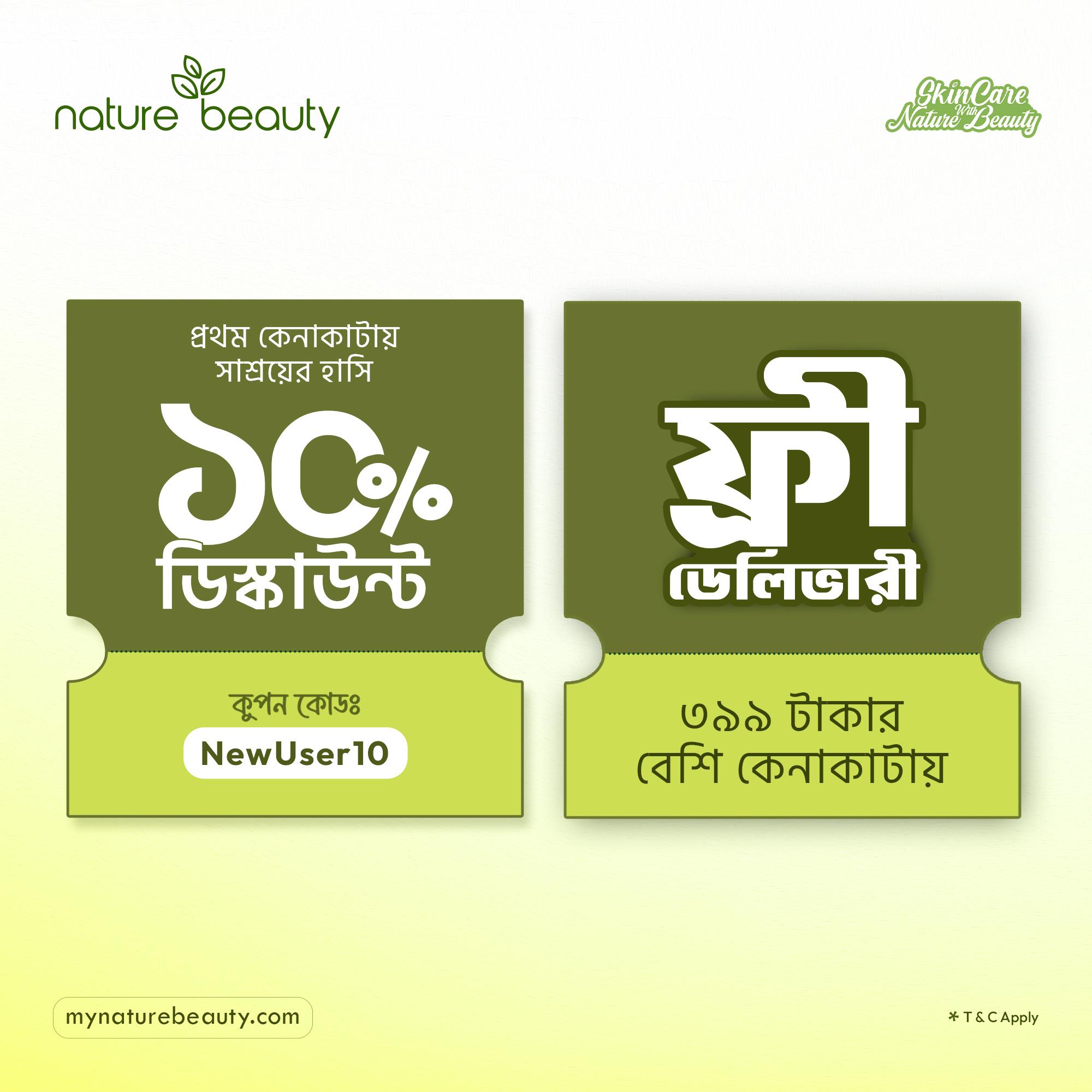
Discover Natural Beauty Tips
Skincare for Hormonal Acne

Healthy skin doesn’t just give us a clear, glowing complexion—it also boosts our confidence when presenting ourselves in any situation. That’s why, no matter how busy we are, we try to take a little time to care for our skin.
However, there are times when, despite following a proper skincare routine and maintaining a healthy diet, acne suddenly flares up. Sometimes, it even appears in places where we’ve never had acne before. In some cases, it doesn’t seem to improve at all.
Why does this happen? This type of acne is known as hormonal acne.
What is Hormonal Acne and Why Does It Occur?
Our body functions smoothly thanks to various hormones such as cortisol, growth hormone, estrogen, testosterone, and progesterone. These hormones are secreted by different glands and are essential for the body’s natural development.
When these hormonal levels fluctuate, they can lead to several issues. The common causes of hormonal imbalance include:
- Physical and emotional changes during puberty (in both males and females)
- Mental stress
- Polycystic Ovary Syndrome (PCOS) in women
- Menopause
- Irregular menstrual cycles
These imbalances can significantly affect the skin. During such times, testosterone can trigger excess sebum production, leading to clogged pores and acne.
Hormonal acne often appears in areas where you haven’t experienced breakouts before. It typically shows up on the face, chin, jawline, neck, chest, shoulders, or back, and usually consists of inflamed, pus-filled bumps. Although these breakouts may subside temporarily, they often leave behind marks or take a long time to fully heal.
On average, hormonal acne takes 8 to 16 weeks to heal completely, though this can vary depending on the individual and the severity of the condition.
What Should a Skincare Routine Be Like for Hormonal Acne?
Let’s take a look:
Gentle Cleanser
A gentle cleanser is essential for acne-prone skin, especially during hormonal breakouts when the skin becomes highly sensitive. It’s best to choose a cleanser that includes ingredients like salicylic acid, azelaic acid, tea tree oil, aloe vera, or green tea. These components are known for their soothing and anti-inflammatory properties. They help reduce the redness, swelling, and irritation often associated with acne, promoting a calmer and healthier complexion.
Toner
One of the main causes of hormonal acne is excess sebum production in the skin, which leads to increased oiliness. Our skin’s natural pH level ranges between 5 and 7. If the pH goes above 7, the skin becomes dry, which can further irritate hormonal acne. To maintain a healthy pH balance, it’s important to use a toner after cleansing. For best results, choose an exfoliating toner that contains salicylic acid or glycolic acid, as these ingredients work effectively to combat acne and control oil production.
Acne Care Treatment
During the day, use a serum or essence containing azelaic acid or niacinamide to help manage acne. Along with that, apply a broad-spectrum sunscreen with good SPF to protect your skin from sun damage and prevent further irritation or dark spots.
At night, follow the same skincare routine but replace the serum with one that contains retinol or alpha hydroxy acid (AHA). Use this 2–3 times a week, as these ingredients promote cell turnover and help reduce acne over time.
Moisturizer
When it comes to moisturizers, it’s best to use a lightweight, oil-free, gel-based formula. This type of moisturizer helps control excess oil on the skin while maintaining proper hydration. It keeps the skin balanced without clogging pores, making it ideal for acne-prone or oily skin types.
Sunscreen
For hormonal acne-prone skin, it’s important to use a non-comedogenic, oil-free, and lightweight sunscreen to reduce the risk of clogged pores, which in turn helps minimize breakouts. When choosing a regular sunscreen, opt for a mineral-based formula. Check the ingredient list for zinc oxide, titanium dioxide, or niacinamide—these ingredients offer strong protection against harmful UV rays without irritating sensitive skin. Never skip double cleansing when using sunscreen; it’s essential to remove it properly at the end of the day using micellar water followed by a gentle cleanser. Additionally, you can support your routine with some homemade face masks for extra care.
You can also try some homemade face masks to support your skincare routine naturally.
- Green Tea and Multani Mitti Mask:
Mix 1 tablespoon of cooled green tea with 1 tablespoon of Multani Mitti (Fuller’s Earth) to form a paste. Apply it evenly on your face and leave it on for 10–15 minutes, then rinse with water. This mask helps control excess oil and reduces acne. - Cucumber and Aloe Vera Mask:
Mix 1 tablespoon of cucumber juice with 1 tablespoon of aloe vera gel. Apply the mixture to your face and leave it on for 15–20 minutes before rinsing off. This mask helps soothe irritation and calm acne-prone skin.
A few important tips to remember:
• Wash your face at least twice a day.
• Keep your pillowcases and towels clean.
• Avoid excessive sugar and oily foods, as these can sometimes worsen hormonal acne.
Hormonal acne takes time to heal completely and often makes the skin more sensitive. That’s why it’s important to use skincare products with ingredients suitable for acne-prone skin. If your acne becomes severe, it’s best to consult a qualified dermatologist. Take care of yourself, and let your skin glow with health and care.






